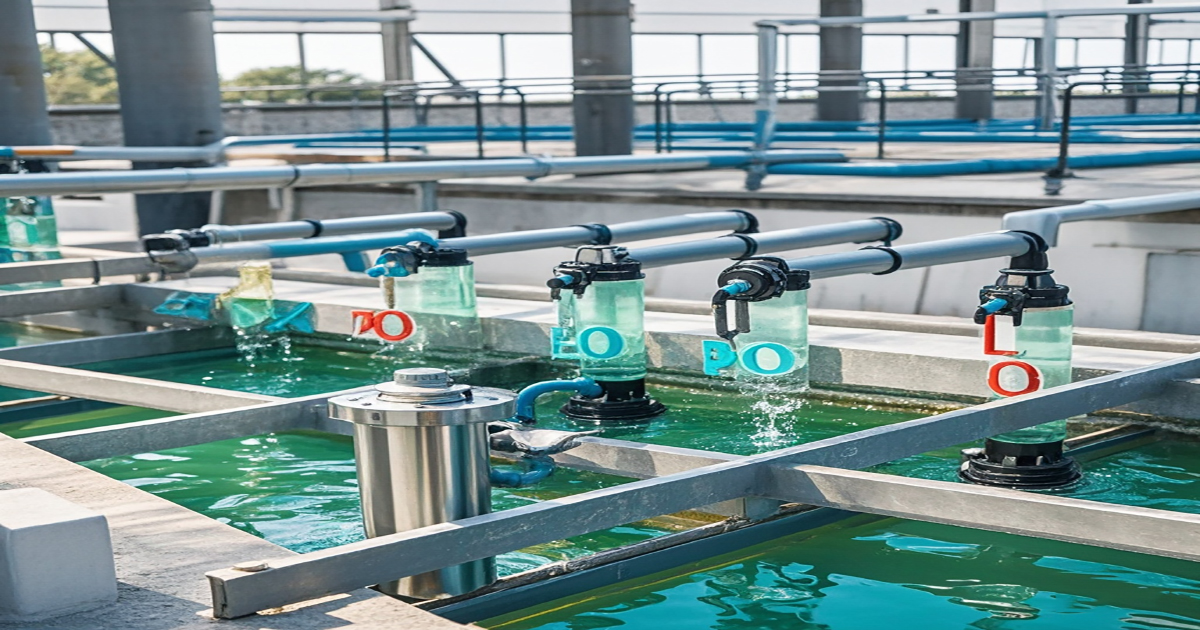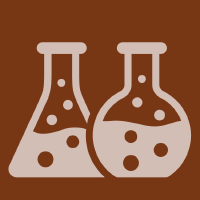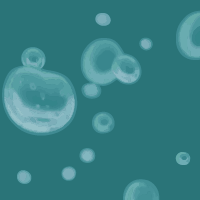Topic Editors



Wastewater Treatment Based on AOPs, ARPs, and AORPs

Topic Information
Dear Colleagues,
The pollution of organic wastewaters, such as dyes, phenols, and pharmaceuticals, is a serious environmental problem, and advanced oxidation processes (AOPs) are potentially sound techniques to degrade such contaminants based on the generation of reactive species that are powerful oxidants and can effectively degrade almost all stable compounds. In addition, AOPs have great advantages for the treatment of trace harmful chemicals such as environmental hormones, enabling the complete mineralization or decomposition of most organic materials. Furthermore, AOPs have good application prospects. AOPs can be divided into photocatalytic oxidation, catalytic oxidation, acoustic chemical oxidation, ozone oxidation, electrochemical oxidation, Fenton oxidation, etc.
However, recent advances have highlighted other advanced treatment processes (ATPs) as possible alternatives, such as advanced reduction processes (ARPs) and advanced oxidation–reduction processes (AORPs). They may remove contaminants that are not readily treatable by AOPs or offer better performance than the former. This Topic will collect some articles about the most common or promising ATPs for the removal of contaminants from water and wastewater and for their application.
Dr. Yuwei Pan
Dr. Ying Zhang
Dr. Yizhen Zhang
Dr. Yusi Tian
Dr. Jinkai Xue
Topic Editors
Keywords
- wastewater treatment
- water treatment
- AOPs
- ARPs
- AORPs
- environmental health
Participating Journals
| Journal Name | Impact Factor | CiteScore | Launched Year | First Decision (median) | APC | |
|---|---|---|---|---|---|---|

Catalysts
|
4.0 | 7.6 | 2011 | 16.6 Days | CHF 2200 | Submit |

Clean Technologies
|
4.7 | 8.3 | 2019 | 33.7 Days | CHF 1600 | Submit |

Processes
|
2.8 | 5.5 | 2013 | 16 Days | CHF 2400 | Submit |

Sustainability
|
3.3 | 7.7 | 2009 | 19.3 Days | CHF 2400 | Submit |

Water
|
3.0 | 6.0 | 2009 | 19.1 Days | CHF 2600 | Submit |

Molecules
|
4.6 | 8.6 | 1996 | 16.1 Days | CHF 2700 | Submit |

Gels
|
5.3 | 7.6 | 2015 | 12.5 Days | CHF 2100 | Submit |

Preprints.org is a multidisciplinary platform offering a preprint service designed to facilitate the early sharing of your research. It supports and empowers your research journey from the very beginning.
MDPI Topics is collaborating with Preprints.org and has established a direct connection between MDPI journals and the platform. Authors are encouraged to take advantage of this opportunity by posting their preprints at Preprints.org prior to publication:
- Share your research immediately: disseminate your ideas prior to publication and establish priority for your work.
- Safeguard your intellectual contribution: Protect your ideas with a time-stamped preprint that serves as proof of your research timeline.
- Boost visibility and impact: Increase the reach and influence of your research by making it accessible to a global audience.
- Gain early feedback: Receive valuable input and insights from peers before submitting to a journal.
- Ensure broad indexing: Web of Science (Preprint Citation Index), Google Scholar, Crossref, SHARE, PrePubMed, Scilit and Europe PMC.



